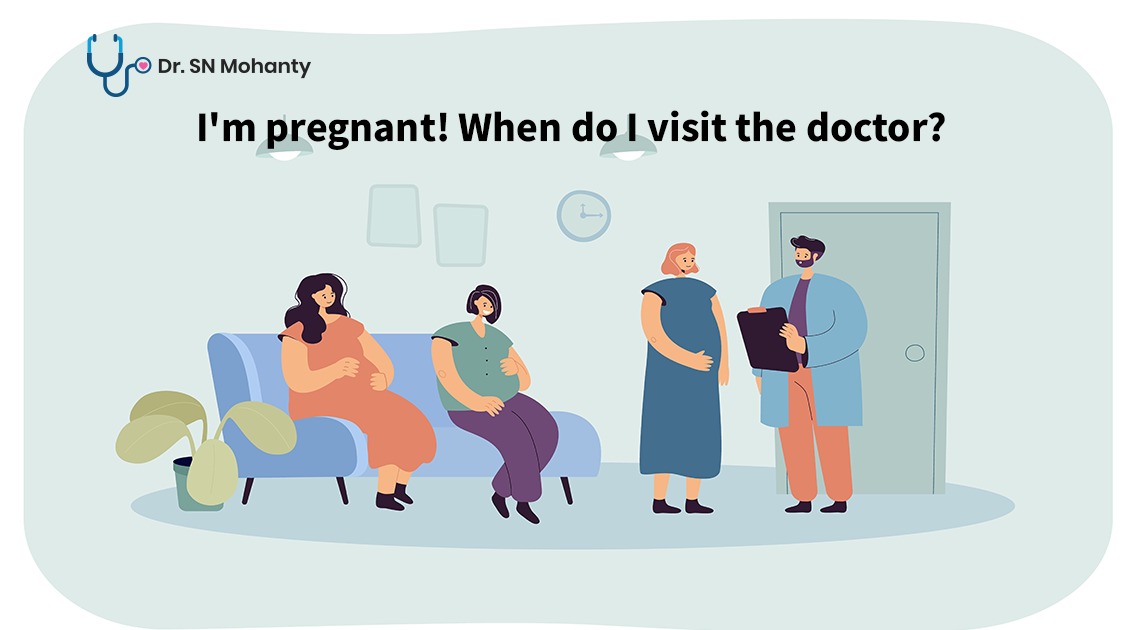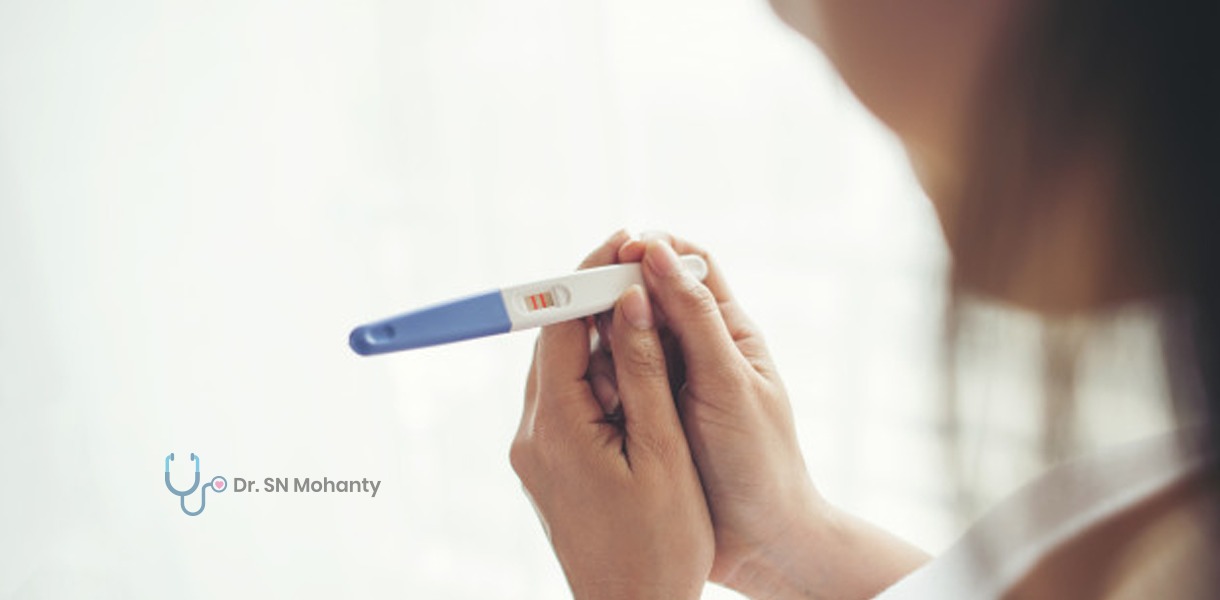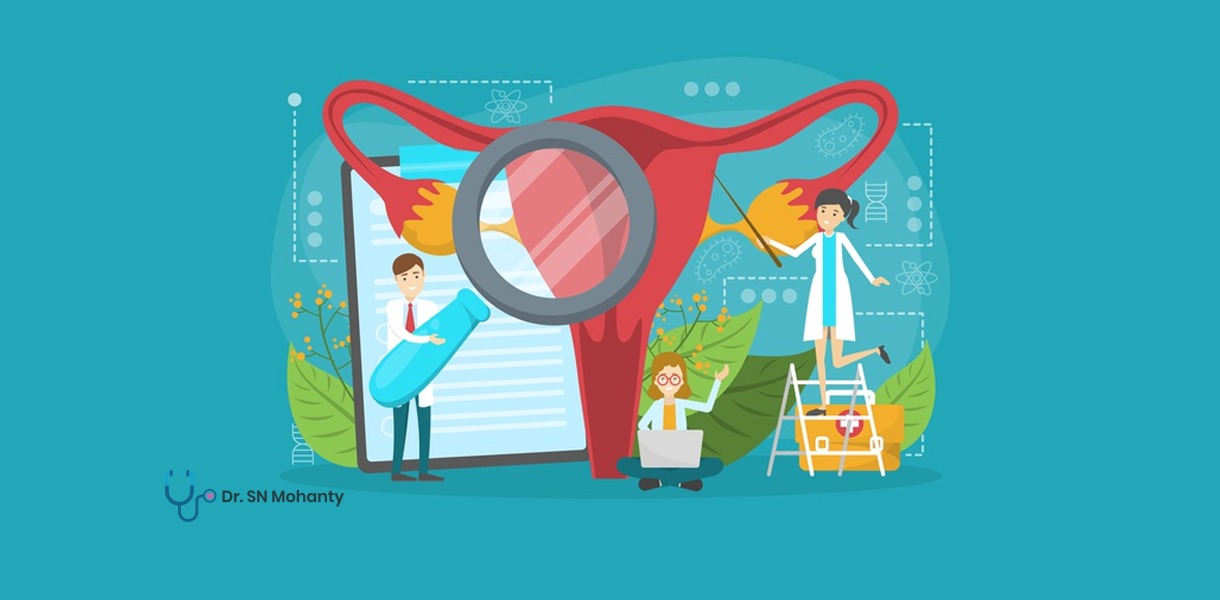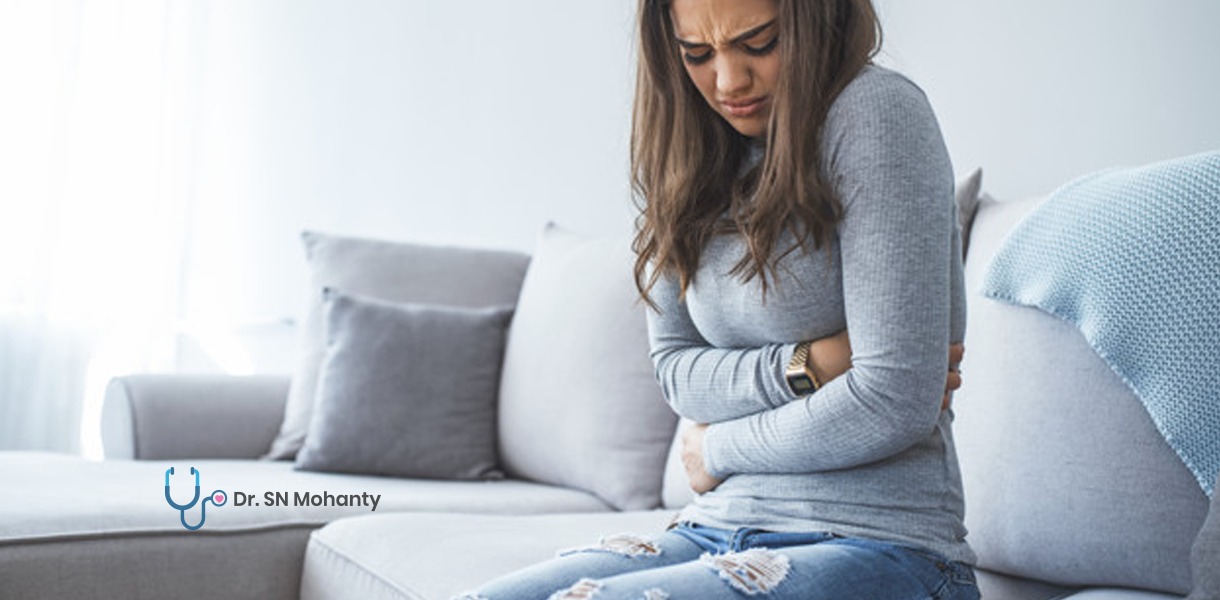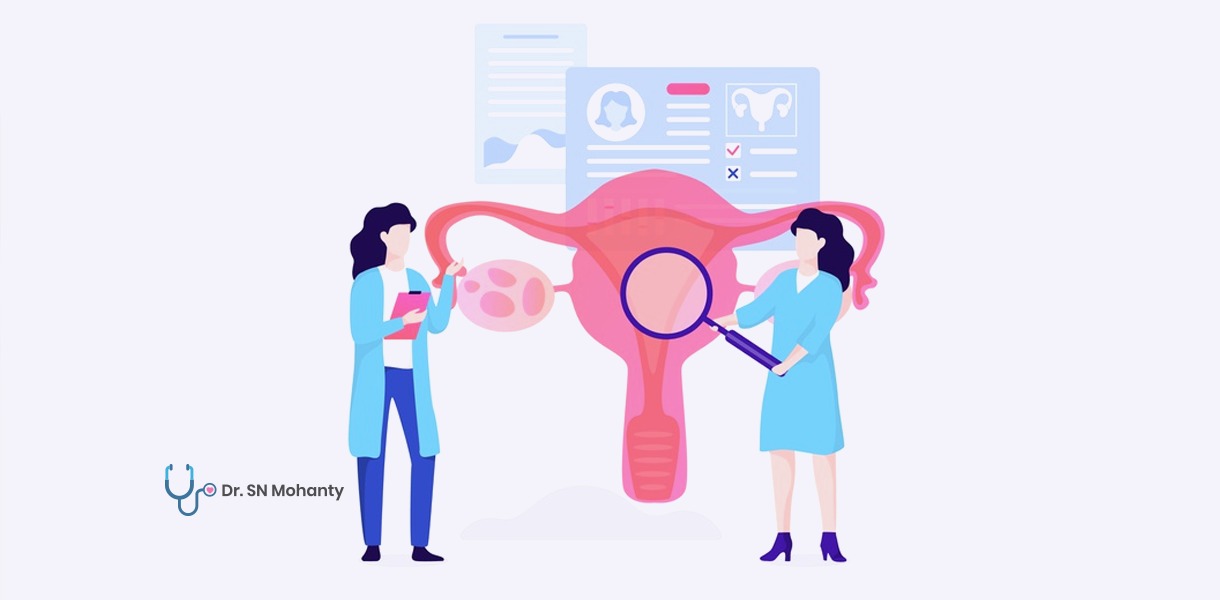
The ovaries are important for the female reproductive system. They're situated in the lower abdomen on the two sides of the uterus. Ladies have two ovaries that produce eggs just and hormones, estrogen, and progesterone.
Sometimes, a liquid-filled sac called a cyst may develop on one of the ovaries. Much of the time, these cysts are painless and don’t show up any major symptoms.
And some of them disappear without treatment inside a couple of months.
But, ovarian cysts — particularly those that have burst — can cause side effects. To ensure your wellbeing, get regular pelvic tests and know the side effects that can indicate any gynecological problem.
Types of Ovarian Cysts
Follicle cyst
During the period, an egg develops in a sac called a follicle. This sac is situated inside the ovaries. By and large, this follicle or sac tears open and deliveries an egg. Yet, if the follicle doesn't tear open, the liquid inside the follicle can take the form of a cyst on the ovary.
Corpus luteum cysts
Follicle sacs break down after releasing an egg. In any case, if the sac doesn't break down and the opening of the follicle seals, additional fluid can create inside the sac, and this gathering of fluid causes a corpus luteum cyst.
Different kinds of ovarian cysts include:
dermoid blisters: sac-like developments on the ovaries that can contain hair, fat, and other tissue
cystadenomas: non-cancerous developments that can create on the external surface of the ovaries
endometriomas: tissues that ordinarily develop inside the uterus can create outside the uterus and connect to the ovaries, bringing about a growth
A few women build up a condition called polycystic ovary disorder. This condition implies the ovaries contain countless little cysts. When left untreated, polycystic ovaries can lead to infertility.
Symptoms of Ovarian Cysts
Sometimes, ovarian cysts don't bring on any symptoms. Be that as it may, symptoms can show up as the growth develops. The symptoms may include:
• stomach bloating or swelling
• painful bowel movements
• pelvic pain before or during the period
• painful intercourse
• pain in the lower back or thighs
• breast tenderness
• vomiting or nausea
Risk factors for Ovarian Cysts
Your danger of building up an ovarian cyst is elevated because of the following factors:
• Hormonal issues: These incorporate taking the fertility drug which is utilized to make you ovulate.
• Endometriosis: This condition makes uterine endometrial cells develop outside your uterus. A portion of the tissue can join to your ovary and structure development.
• Serious pelvic contamination: On the off chance that the disease spreads to the ovaries, it can cause growth.
• A past ovarian cyst: On the off chance that you've had one, you're probably going to grow more.
Complications of Ovarian Cysts
Most ovarian growths are benign and normally disappear all alone without treatment. These cysts cause little symptoms. Be that as it may, in an uncommon case, the gynecologist may identify a harmful cystic ovarian mass during a routine checkup.
Ovarian torsion is another uncommon complexity of ovarian cysts. This is the point at which an enormous growth makes an ovary turn or move from its original position. Blood supply to the ovary is cut off, and if not treated, it may harm or lead to the death of the ovarian tissue.
Ruptured cysts, which are likewise uncommon, can cause intense pain and internal bleeding. This complication expands your danger of an infection and can be dangerous whenever left untreated.
Diagnosis of Ovarian Cysts
Your gynecologist can identify ovarian growth during a routine pelvic examination. They may see swelling on one of your ovaries and conduct an ultrasound test to confirm the presence of a cyst. An ultrasound test (ultrasonography) is an imaging test that utilizes high-frequency sound waves to create a picture of your inside organs. Ultrasound tests help decide the size, area, shape, and structure (strong or liquid filled) of the cyst.
Imaging devices used to analyze ovarian growths include:
• CT check: a body imaging gadget used to make cross-sectional pictures of interior organs
• X-ray: a test that utilizes magnetic fields to deliver top to bottom pictures of inside organs
• ultrasound gadget: an imaging gadget used to envision the ovary
Since most of the blisters vanish following half a month or months, the gynecologist may not quickly suggest a treatment plan. Rather, they may repeat the ultrasound test in half a month or months to check your condition.
If there aren't any changes in your condition or if the cysts, size increments, your gynecologist will demand extra tests to decide different reasons for your symptoms.
These include:
• pregnancy test to ensure you're not pregnant
• hormone level test to check for hormone-related issues, for example, a lot of estrogen or progesterone
• a blood test to screen for ovarian cancer
You must visit your gynecologist often to know about your health conditions, even if you don’t have any symptoms, as some diseases are asymptomatic. Routine check-up helps to prevent the aggravation of any developing disease.


